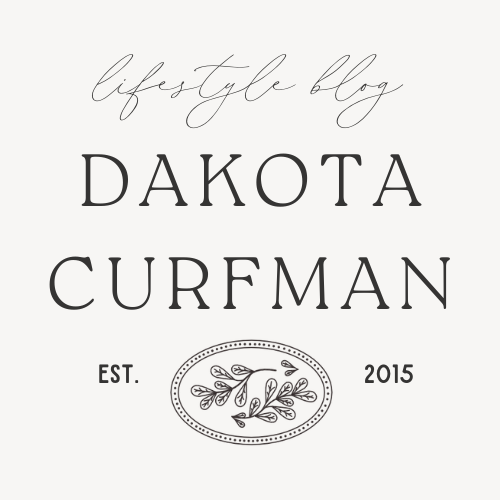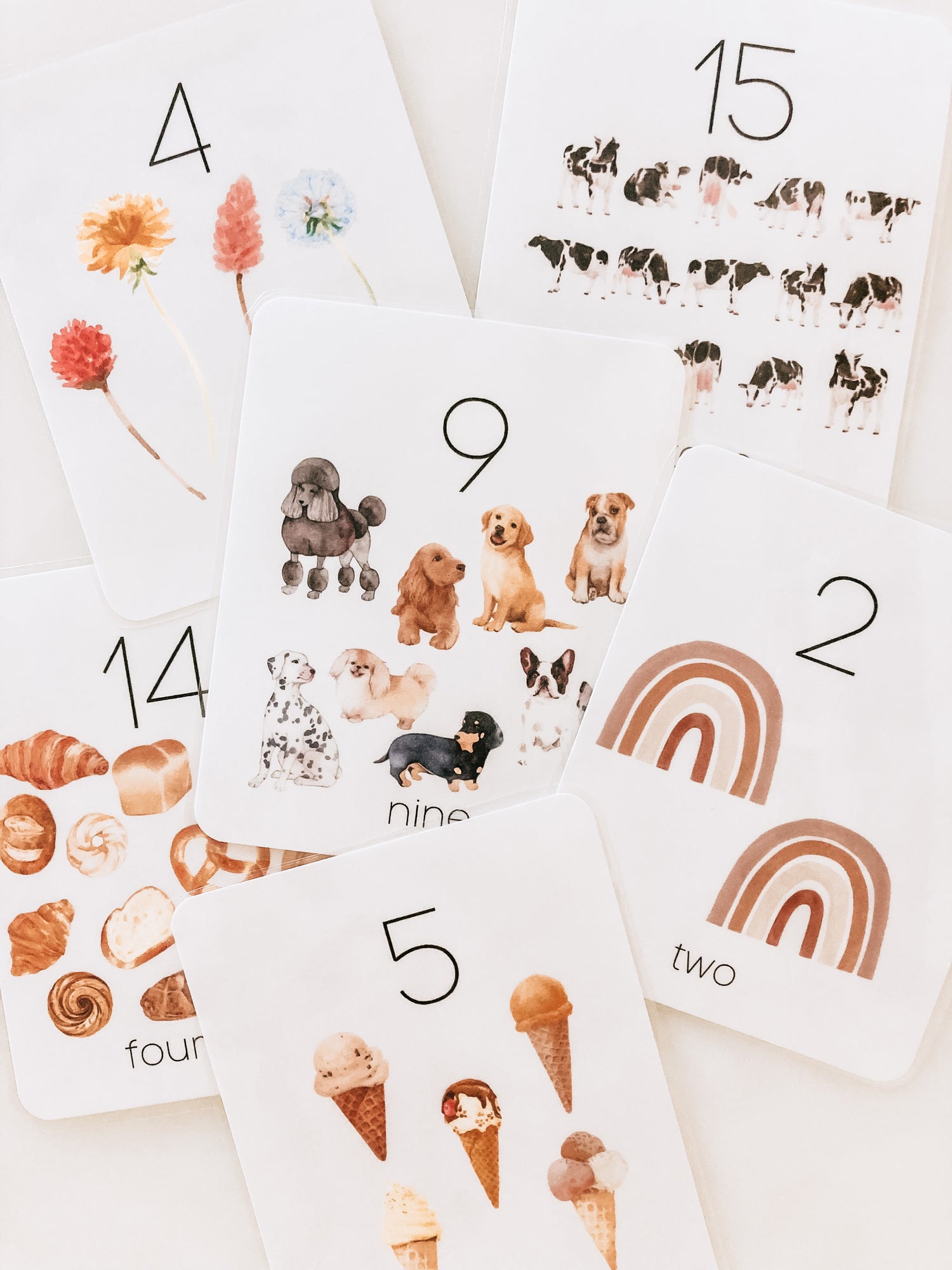Sourdough starter can be intimidating for beginners, but it doesn't have to be! You can start your own with two simple ingredients: filtered water and einkorn flour.
Do you love all things sourdough or fermenting but haven't pulled the trigger yet?Do you dream of beautiful artisan loaves and the smell of fresh bread wafting through your home? Then this post is for you!
Do unfermented grains give you issues too, or is it just me? Now that my body is so used to eating fermented grains, I can absolutely tell the difference when I don't. Not only that, but during the fermentation process, the yeast breaks down the starches which makes it easier to digest. Sourdough also acts as a prebiotic which feeds the good bacteria in your gut, thus giving you better gut health. But enough about the science-y stuff, let's get to the fun stuff!
What is a Sourdough Starter?
Sourdough is more than just a type of yummy bread. It's a way of life, it's a style of baking, and you can do so much more than just beautiful artisan loaves with it. In its most basic terms, sourdough starter is a colony of living yeasts + bacteria. Don't let this gross you out though! This fermented colony "feeds" on the flour and water, and when they do it releases carbon dioxide which is where you get those beautiful bubbles from. This colony is what is going to make your bread rise. Up until 1876 when Fleischmanns introduced the public to commercial dried yeast, people relied on their live cultures to bake bread.
Why Einkorn Flour?
I chose to use Einkorn flour because it's an ancient grain. It's actually the only form of wheat that has never been hybridized by the modern farmer. I like to call it "Jesus bread" when I bake with it because it grew abundantly in the fertile crescent valley. Einkorn would have most likely been what bread was made out of during Jesus' lifetime. It's full of carotenoids, B vitamins, protein, iron, essential and trace minerals, and protein. It has a lower gluten content which is why those with gluten sensitivities tend to tolerate einkorn just fine. NOTE: If you have a severe allergy or celiac disease it's not recommended to consume einkorn because it is not gluten free.
.
How Long Before I Can Bake With It?
This question is hard to answer, but something every beginner is dying to know. The short answer, probably a couple weeks. The long answer? It depends on your environment and so many other factors. You'll read a lot of blog posts that say it will only take 5-7 days before your starter is ready. I call bull. Now, I'm not calling them liars or saying it's not possible, but it's also entirely possible that your starter could take weeks to be ready. That was the case for me. My starter took about 6-8 weeks before it consistently gave me good bakes. I remember being so discouraged reading all these blog posts saying how my starter should be active and ready by the end of week 1. That was not my journey, and I have plenty of friends who experienced the same thing that I did. So if your starter takes weeks, even a couple months to be fully active, that's ok! In fact, a truly mature starter is said to be at least 6 months old. Just like a fine wine, your starter will get more flavorful and strong the older it gets!
.
How Much Time Does it Take to Keep Up?
This is up to you! If you only plan on baking maybe once a week, then you can feed it once and throw it in the fridge with an airtight lid until you want to use it. If you're like me though and bake everyday, you can leave it on the counter (covered in cheesecloth) and just feed it every day or so. If you notice a liquid forming on top, don't panic! This is called "hooch" and is totally normal, it just means your starter is hungry and needs a good feeding. Sourdough starter is actually pretty hard to kill. Unless you see pink or orange streaks, or mold you are generally okay. Now I will say, if you do see these signs you need to immediately throw it out because it is not safe to eat.
Can I Use Other Types of Flour?
Absolutely! You can start a starter with any flour you want. Although I do recommend that it be organic and unbleached. Keep in mind organic flours tend to take longer to show signs of being active. I chose Einkorn for the health benefits, but you can really use any flour because that yeast is going to break down the four and feed on it anyways.
What Materials Do I Need?
Here is what I recommend for beginners:
+ a glass mason jar or weck jar
+ a long wooden spoon (avoid metal as it could potentially react with the yeast)
+ flour
+ filtered water (not tap)
+ cheesecloth or fabric cover
+ food scale
I also offer a sourdough starter kit that is great for beginners and includes my already mature dehydrated starter! You can purchase it
here!
.
How to Start:
Day 1:
Combine 25g filtered water and 25g einkorn flour. Stir well and make sure to scrape the sides down. Cover it with your cheesecloth and a metal ring/rubber band. Place it in a draft free area on your counter undisturbed for 24 hours.
Day 2:
Discard half of your starter. You want to discard for a couple of reasons. This strengthens your starter, but it also keeps the quantity under control. If you just kept feeding it over and over without discarding, it would overflow. Once you've discarded about half of your starter you will feed it 25g water and 25g flour.
Days 3, 4, 5, 6 & 7:
Continue the feeding and discarding pattern. Keep in mind the smell can be a bit off putting at first. It can smell like rubbing alcohol and sometimes stinky. Don't let this scare you, it's totally normal and part of the process! You should eventually start to see tiny bubbles on the surface and sides of the jar. This is a good sign! This means your starter is fermenting and coming to life!
Days 7+:
It should have a lovely sourdough smell to it and be a nice spongey light texture. Once your starter doubles in size and you see nice bubbles all around, it means it's active and ready! The best way to tell if it's doubled in size is to mark where the starter is on the glass with a rubber band or chalk marker right after you feed it.
Now What?
Congratulations, you've just become the parent to an einkorn sourdough starter! Just like a pet, this baby needs to be fed regularly. Like I said before, you can put your starter in the fridge and pull it out to feed once a week. If you're going on a long vacation you can leave it for a couple of weeks and it should be find. Another thing I HIGHLY recommend is to dehydrate your active starter as an insurance policy. This way if something happens, you don't need to start over you can just revive your starter.
I also put together this post here of all my favorites for beginner sourdough!
Now get to baking and have fun! The possibilities are endless with sourdough!










